A Rifleman's Optics
Bushnell Engage Optics
column By: John Haviland | March, 18
Bushnell’s new Engage binoculars and riflescopes are marketed with prices in the middle of Bushnell’s optics lines, but with high-value features that lend a hand to ease of use.
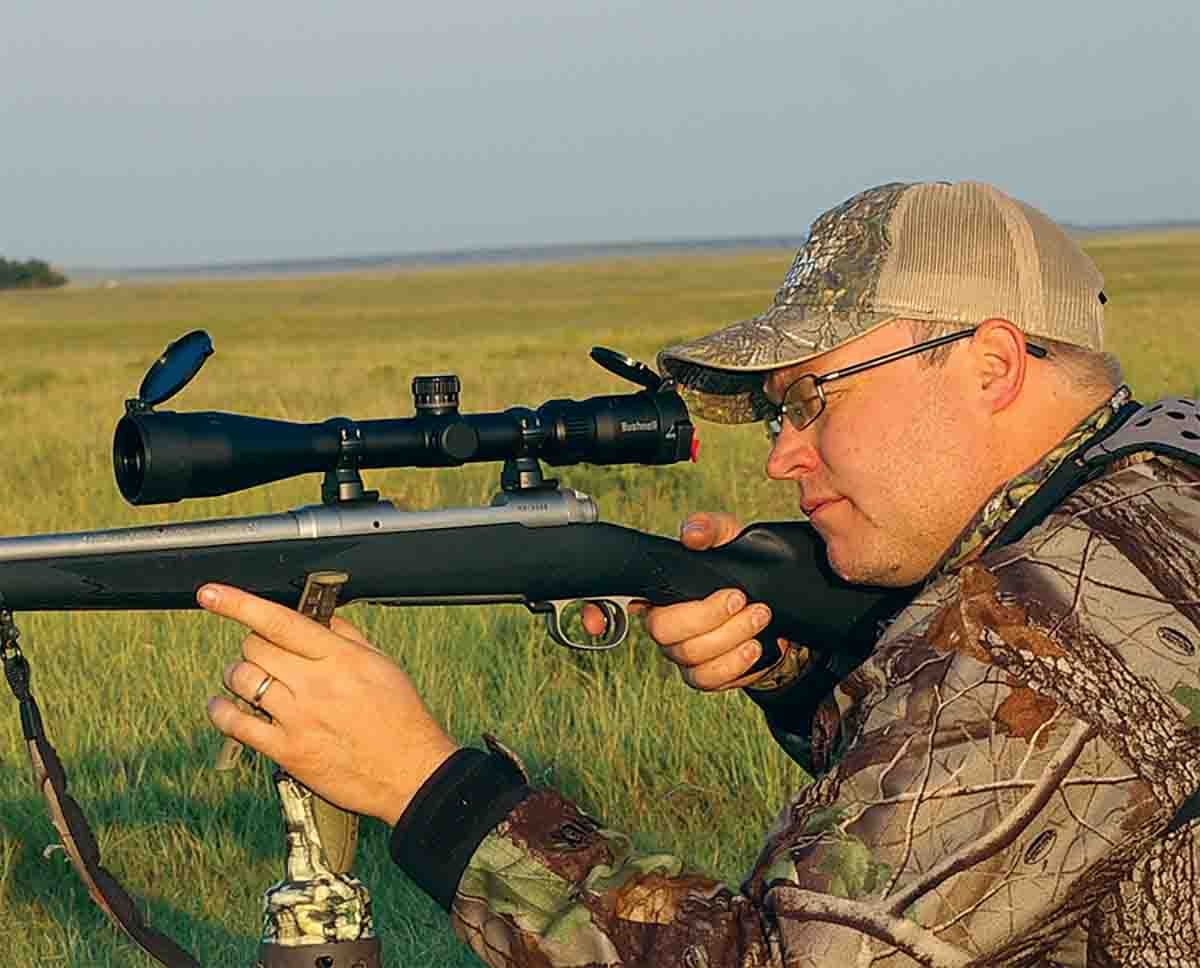
The Engage line includes roof prism 8x42mm, 10x42mm, 10x and 12x50mm binoculars. There are nine variable-power riflescopes from a 2-7x 36mm to a 6-24x 50mm. I used an Engage 10x42mm binocular and 4-16x 44mm scope on a pronghorn hunt in the wide-open country of New Mexico. The binocular was also used to peer into the dark forest of northwestern Montana on a moose hunt.
All Engage scopes have the company’s Deploy MOA reticle with hash mark spacing on the vertical and horizontal wires that enclose one minute of angle (MOA) with the scopes set on their highest power.
The reticle has 3-MOA-tall hash marks every 5 MOA to aid in windage and elevation hold. On the fixed lower vertical wire, the reticle has 4-MOA-wide hash marks every 5 MOA to aid in compensating for windage and bullet drop.
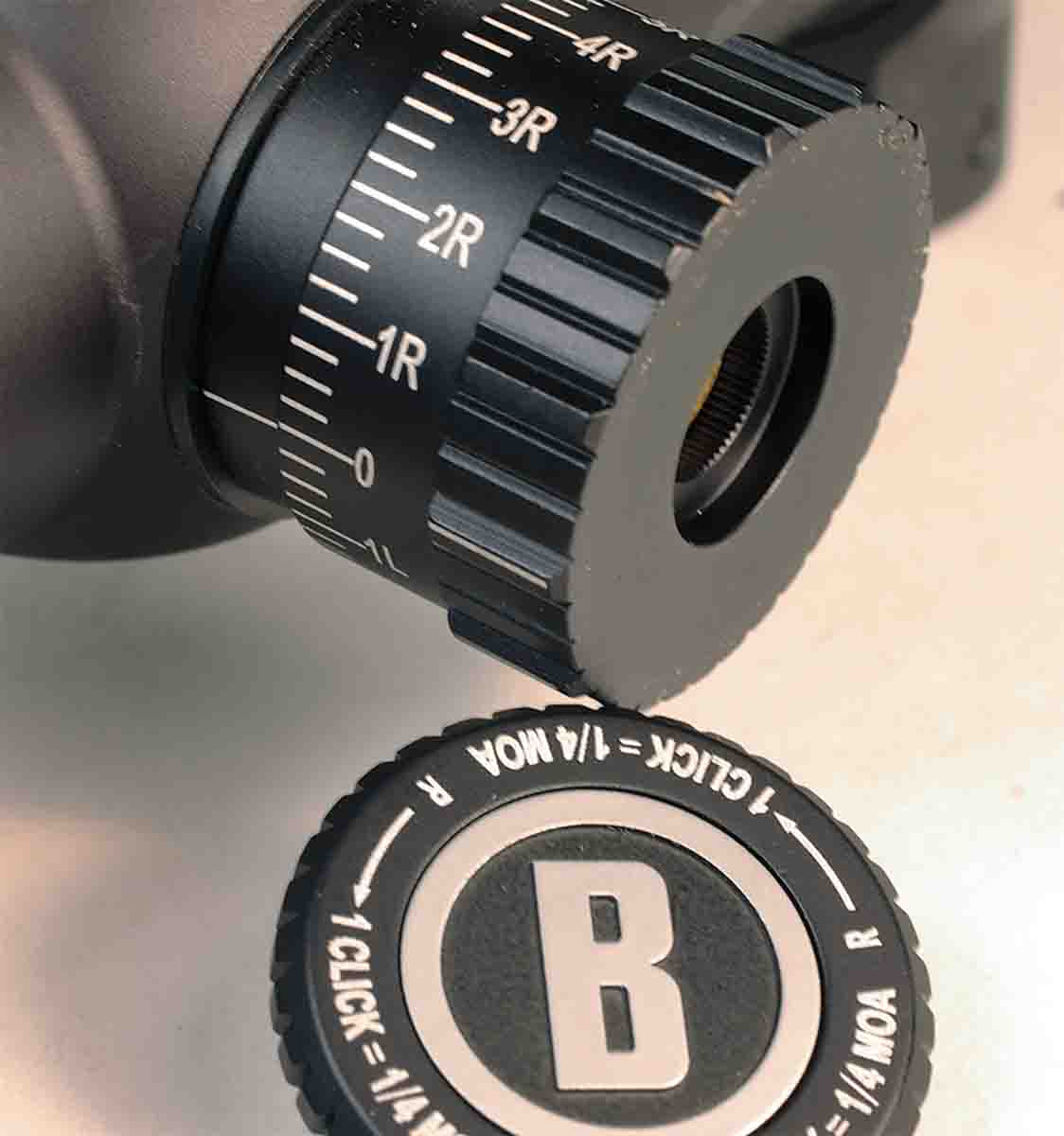
Several of the scopes have traditional capped turrets. Tactical, or exposed, turrets are standard on the 4-16x and others, with ¼-MOA adjustment clicks. Lift the turrets to adjust them for windage and elevation, then push them down to lock them in place. After sighting in an Engage scope, the turret caps can be unscrewed, the turrets lifted off, the “0” on the dials aligned with the indicator mark on the body tube – then screw the caps back on.
Hunters in the pronghorn camp were told shots might be as far as 600 yards. My rifle was a Savage bolt-action .308 Winchester. Shooting Federal Premium cartridges with Edge TLR 175-grain bullets at 2,600 fps meant bullet drop would be well over 5 feet at 600 yards. Plus, long shooting removes the excitement of stalking close.
The first day of the hunt, pronghorn were scattered across the flat prairie. The guide and I stalked close to several bucks, but their horns were short. I sat by myself in the middle of a sea of grass and watched the evening unfold. A buck with heart-shaped horns walked into view along a creek bottom. It looked small in the distance, even with the scope turned up to 16x. A long while after the end of shooting time, the buck was still plainly visible through the scope set on 8x.
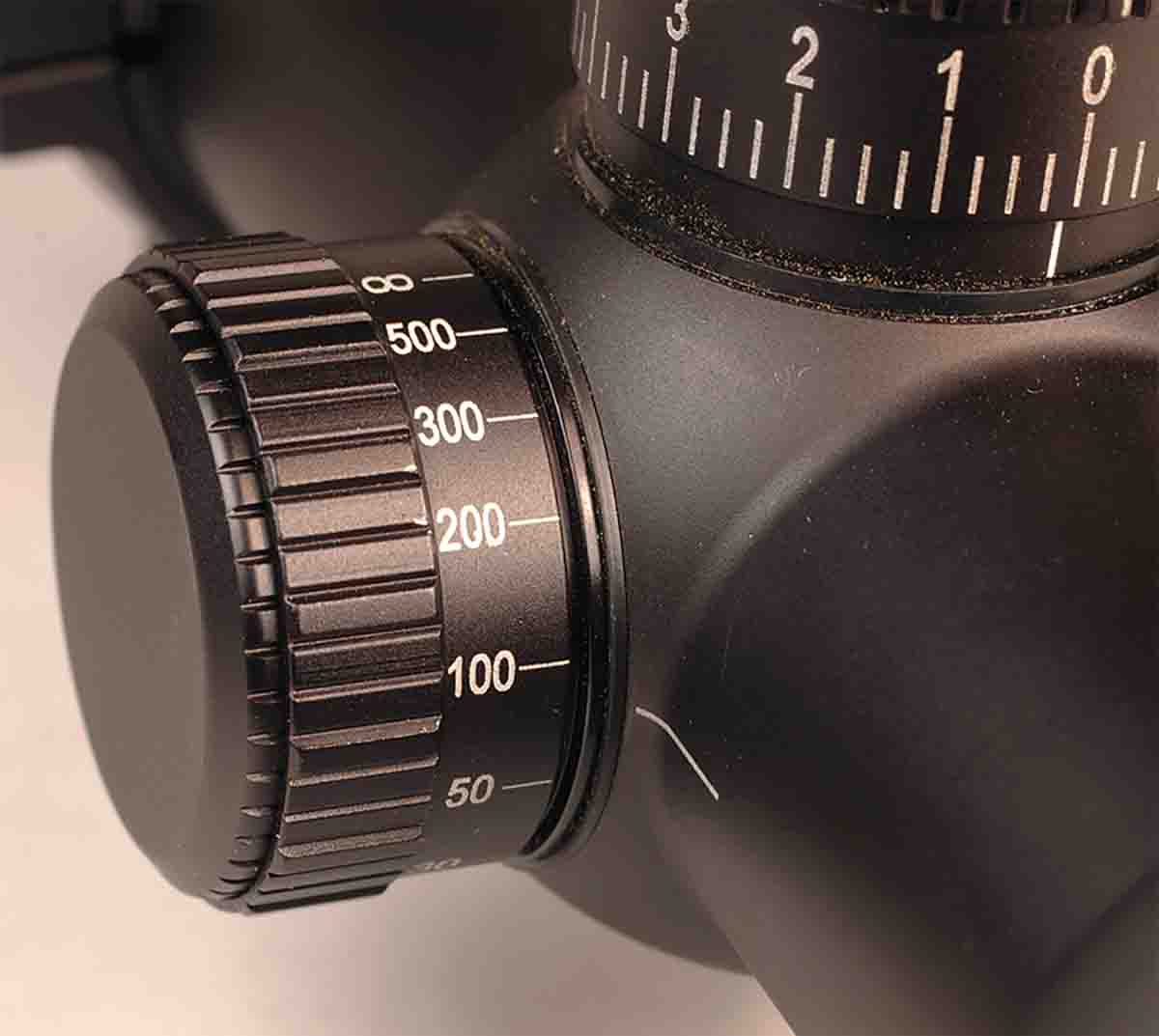
At home I looked through the Engage 4-16x scope at a 1951 U.S. Air Force resolution test chart at 100 yards. The scope’s price is $400, and when set on 16x, 10x and 6x, its resolution was nearly as good as a scope with similar magnification and objective lens diameter that sells for three times more. The Engage’s view was sharp all the way out to the edge.
Bushnell attributes this sharp, bright view to its Ultra Wide Band Coating, an antireflective treatment on all air-to-glass surfaces.
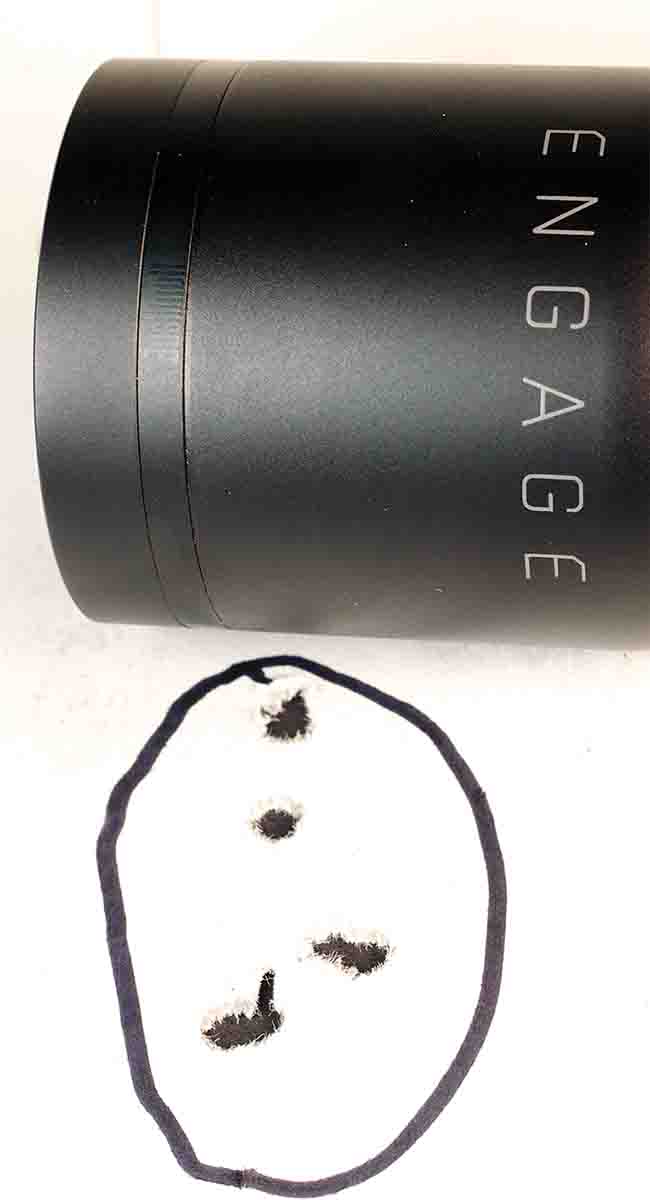
I mounted the Engage 4-16x scope on a Savage Predator Hunter .223 Remington rifle and shot several hundred rounds of factory cartridges and handloads. The rifle shot right back where it started at 100 yards after dialing the elevation turret back and forth to shoot out to 300 yards.
To further test reticle adjustment dependability, I started by firing three bullets on a target at 100 yards. Turning the elevation turret up 28 clicks and the windage turret left 28 clicks moved three shots 7 inches up and left. Rotating the turret down 28 clicks moved bullet impact down 7 inches, and then 28 clicks up on the elevation dial and right on the windage dial moved three shots 7 inches up and right. Finally, 28 clicks down brought the reticle back to its original setting. The final three bullets formed a 1.28-inch group with the first three.
Engage 10x42mm Binocular
The view appears bright through about any binocular under a bright sun. So it was when looking across the New Mexico prairie with the Engage 10x42 binocular. The binocular showed little glare while scanning for pronghorn toward the sun on the horizon.
It was different using the binocular to search for moose. For one hour I looked for the black form of a moose in the thin forest of timber cuts on the next mountain, and the next hour I focused on branches that looked like antlers in the dark forest at 50 yards.
Bushnell incorporates several features into the binocular’s lenses to provide a sharp view in various lighting conditions. ED Prime Extra-Low Dispersion fluorite glass brings all wavelengths of light to the same focus to provide sharp color resolution and contrast. PC-3 Phase Coating is applied to the binocular’s prisms to synchronize each image.
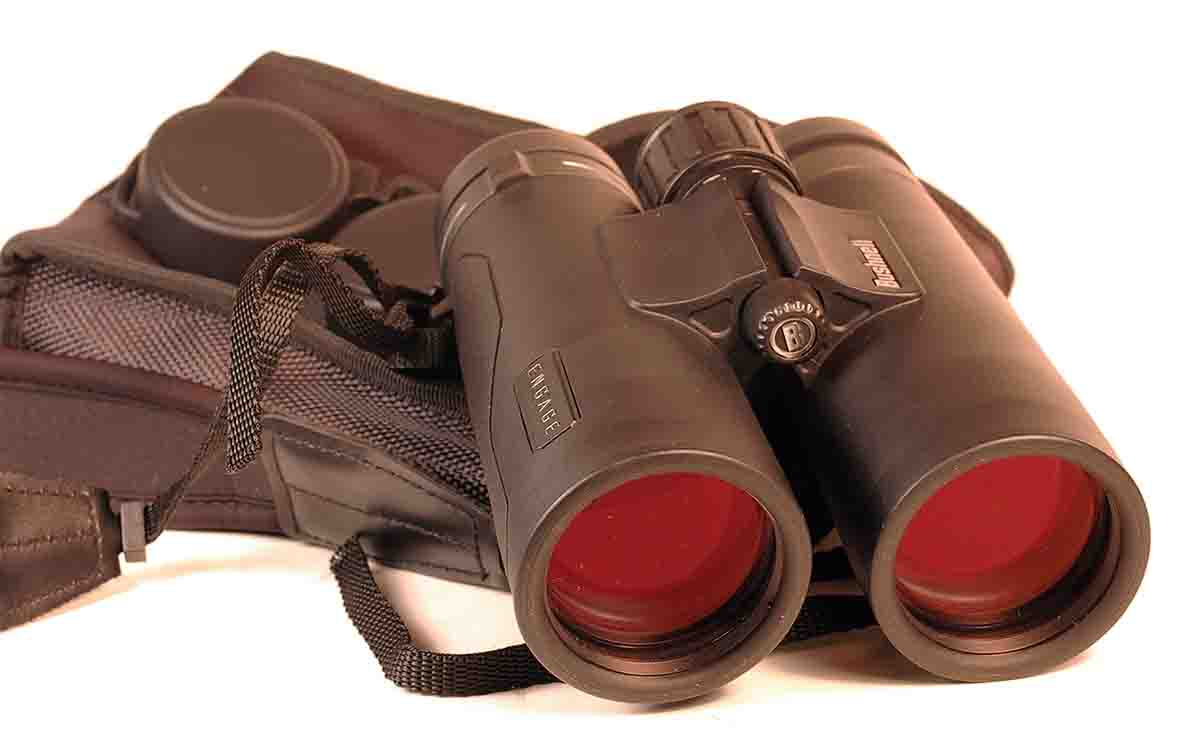
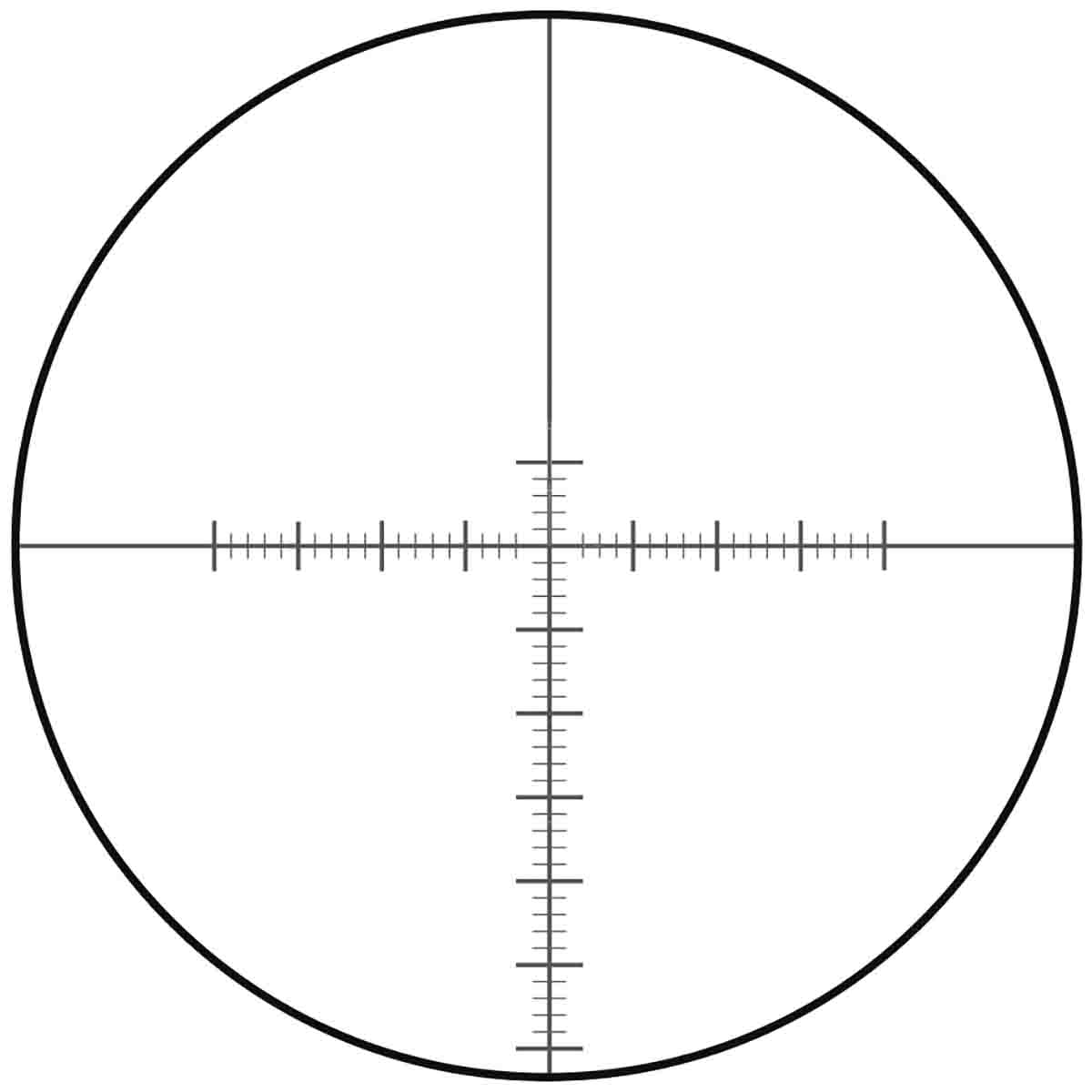
The Engage binocular has some useful operating features not usually incorporated into a binocular with a price of $360. There is nothing more frustrating than trying to focus a binocular only to see an image that makes your eyes tired, then looking down and noticing the diopter adjustment has moved. The Engage’s diopter dial is on the right eyepiece, and pulling it up unlocks it to allow adjusting it to your eye. Pushing it back down locks it in place. The eyecups twist to four different heights and remain set during use. The barrel hinge moves freely, but tension is just right to maintain barrel spacing during a day of bumps and bangs. The binocular’s rubber coating provides a secure grip in cold, wet or sweating hands. The binocular balances well in the hands with flat rests for the thumbs, and it weighs 23.5 ounces.
To protect your investment, the binocular comes with a cloth sack with a drawstring and a soft-sided case.


